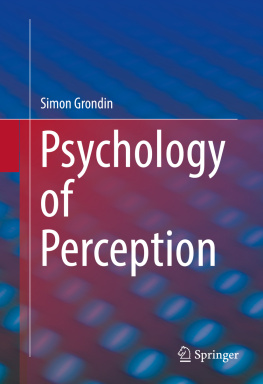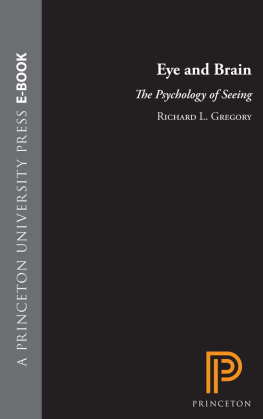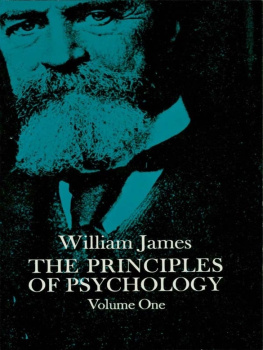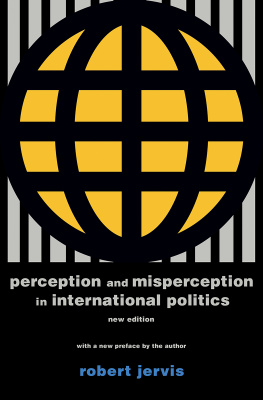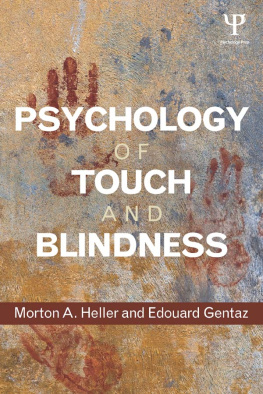A field of psychology, psychophysics has as main concern the understanding of the passage of a physical event into a psychological reality. Researchers in psychophysics examine the link between the physical measurement of a stimulation and the psychological measurement of this stimulation. Psychophysicists are primarily interested in three types of capabilities: detecting stimuli, discriminating them, and estimating their value (scaling). The first two types are associated with the fundamental concepts of absolute threshold and differential threshold, respectively.
1.1 Detection
The different sensory systems provide information on the physical and chemical changes that may occur in the environment. A fundamental objective of psychophysics is to assess the minimum amplitude that these changes must have so that an individual can be notified. This minimum amplitude, that is to say the smallest amount of energy that can be detected in the absence of any stimulation, is called absolute threshold . Below this threshold, sensation is not possible. However, this threshold is a point whose identification corresponds to an operational definition for a given method. Traditional psychophysics offers several methods for estimating a threshold. The most conventional are the method of constant stimuli, the method of limits, and the method of adjustment. For now, only the constant method is presented:
Gustav Fechner
One could say that psychophysics started in 1860 with the publication of the book Elements of psychophysics by the German researcher Gustav Theodor Fechner (18011887). Philosopher and physicist, the founder of psychophysics wanted to study the links between the inner world and the outer world. Also known under the pseudonym of Dr. Mise, Fechner, who worked in Leipzig, had quite a special mind. We owe him various experimental methods still used in psychophysics, but he was also interested in, for example, the properties of the electric current, experimental aesthetics, and even life after death. Note that there is an annual meeting of psychophysics, usually held in October, called Fechner Day (October 22). This meeting is held in different locations around the world under the supervision of the International Society for Psychophysics ( http://www.ispsychophysics.org/ ), founded in 1985 in southern France.
1.1.1 Absolute Threshold and Method of Constant Stimuli
For measuring an absolute threshold with the method of constant stimuli, also called the constant method, one must first determine the threshold roughly by locating a region for which a stimulus is almost never perceived and for which a stimulus is almost always perceived. Then, we generally select from five to nine stimuli located between these regions. After this selection, the selected stimuli are presented repeatedly in random order. The method requires an observer to make at least a hundred judgments, but of course, increasing the number of trials for estimating a threshold decreases the risk that the estimated value is far from what the real threshold is.
At each presentation, an observer has to indicate whether or not the stimulus is perceived. It becomes then possible to obtain a discrete (not continuous) frequency distribution, each point representing the number of times a stimulus was detected. These frequencies have to be transformed into probabilities. It is on the basis of these probabilities that the threshold value will be estimated. The probability calculated for each stimulus can be reported on a figure. As shown in Fig. , the percentage of times the stimulus is detected is placed on the y -axis and is plotted as a function of the magnitude of the stimuli, placed on the x -axis, in ascending order. The function that relates the probability of detecting to the magnitude of a physical continuum is called a psychometric function. Such a function generally has the shape of an ogivea kind of Sand the threshold is operationally defined as the point corresponding to an ability to perceive the stimulus 50% of the time. This value, 50%, represents the point for which an observer is able to detect the stimulus at a level higher than what would provide responses made randomly in a procedure involving two responses, yes or not.
Fig. 1.1
Illustration of a hypothetical psychometric function for absolute threshold. On the y -axis is the percentage of times where the observer reports perceiving the stimulus. The dotted vertical line reaching the x -axis indicates the absolute threshold
For drawing a function on the basis of a series of points, it is necessary to posit some assumptions. First, the phenomenon under investigation is assumed to be a continuous random variable. Thus, we shall believe that the discrete distribution obtained (series of points) is an approximation of a continuous function. Also, it is necessary to make an assumption about the shape of this function. Mathematics offers several possibilities, but a function often used in psychology is the normal distribution. The reader is probably already familiar with the concept of normal distribution (normal or Gaussian curve or bell-shaped curve). The function used to draw a psychometric function is derived from the bell-shaped function (probability density function) and is called cumulative normal function. It is after drawing this function that it becomes possible to estimate the threshold value accurately. Besides the cumulative Gaussian function, Weibull and logistics functions are probably the most likely ones to be used (Macmillan & Creelman, ).
1.1.2 Signal Detection Theory
Despite the rigor used to estimate the ability to detect a stimulus with the constant stimuli method, a major problem may arise. The estimated capacity may depend not only on the sensitivity of an observer but also on the way in which this observer makes decisions. An observer might as well wait to be sure before making a decision, before declaring that a stimulus is perceived, whereas another observer, in spite of doubt, would tend to say yes, I perceive (Macmillan & Creelman, ).
There is a method, developed in the 1940s, to determine the sensitivity of the observer to detect a stimulus while correcting the problem associated with the involvement of decision making. Thus, the signal detection theory (SDT), also known as sensory decision theory, uses two parameters to describe the performance: one describing the sensitivity level and the other describing the way an observer makes a decision (Macmillan & Creelman, ).
1.1.2.1 Basic Concepts
To understand the SDT, we must first know two fundamental concepts: signal and noise. Signal ( S ) and noise ( N ) are the parts of any sensory message. The stimulus that one attempts to detect, called signal, has precise and stable characteristics. Noise is rather defined as a random variable that is constantly changing. This variable takes different values which are usually assumed to be normally distributed. Noise is a background against which a signal to be detected is sometimes added. This noise includes an external activity (controlled by the experimenter) and internal physiological activity (generated by the nervous system).


